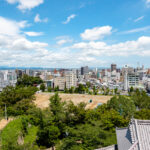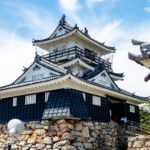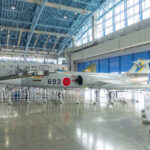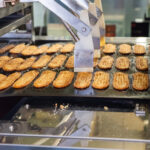This post may contain affiliate links. Please read our disclosure policy.
Hamamatsu is famous for its light, cabbage-filled gyoza, a regional twist on Japan’s beloved dumplings that every foodie should try at least once.
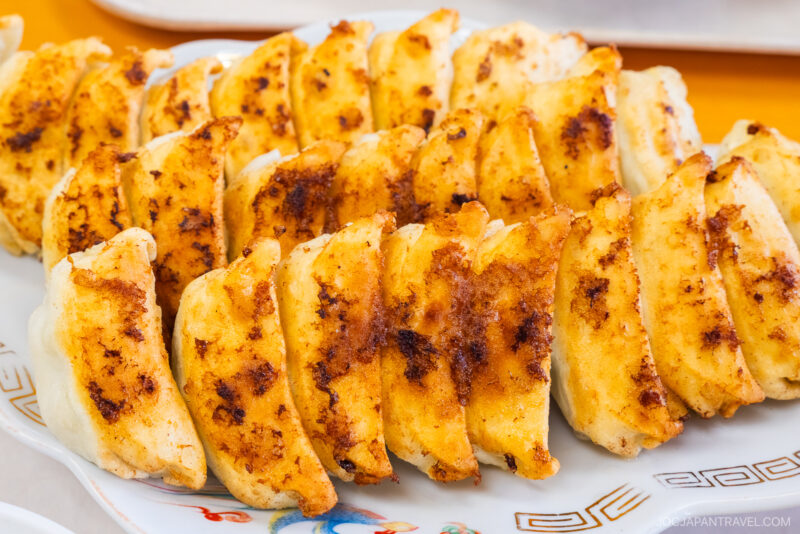
What Makes Hamamatsu Gyoza Unique?
Gyoza are crescent-shaped dumplings, usually pan-fried until crisp and filled with pork, garlic, cabbage, and chives. They’re popular across Japan, often enjoyed at ramen shops or izakaya.
But in Hamamatsu, gyoza have their own identity. The city has earned a reputation as one of Japan’s gyoza capitals (the other being Utsunomiya), with more than 300 shops dedicated to serving them. In fact, Hamamatsu regularly tops the charts for gyoza consumption nationwide.
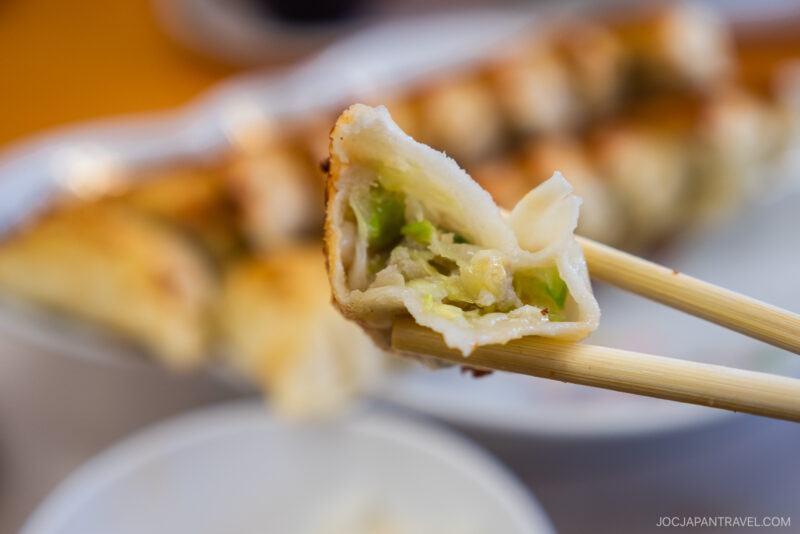
So what sets them apart? Two things:
- Cabbage-forward filling: With up to 80% cabbage, Hamamatsu gyoza are lighter, sweeter, and have a gentle crunch.
- Signature presentation: The dumplings are arranged in a circle with a pile of steamed bean sprouts in the center—a simple but memorable touch.
This style makes them easy to enjoy in larger portions without feeling too heavy.
Our Gyoza Experience at Fukumitsu (福みつ)
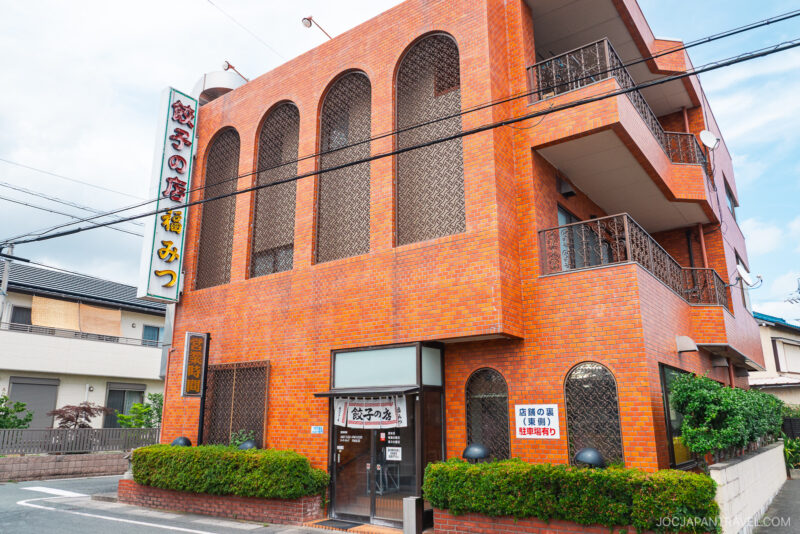
We chose Fukumitsu, one of Hamamatsu’s most popular gyoza shops. The menu is simple: dumplings served in sets of 10, 15, or 20, with optional meal sets that include rice, soup, and pickles.
When our plates arrived, we noticed something unexpected. The gyoza were not arranged in the signature ring, and there were no bean sprouts. Instead, the focus was on thin, crisp skins and a filling dominated by cabbage and onions.
The first bite surprised us. The dumplings were sweet and light, without the rich umami punch of pork-heavy gyoza. They were easy to eat, and we appreciated not feeling stuffed after finishing a plate. Still, we missed the juicy depth that we usually enjoy in other versions. I would be lying if I said we weren’t a bit disappointed.
How to Get to Fukumitsu
Fukumitsu is about 10 minutes by car or taxi from Hamamatsu Station. It is a popular local spot, so lines are common at lunch and dinner.
By Car or Taxi
- Taxi from Hamamatsu Station takes about 10 minutes.
- Wait times are shorter between meal periods.
Pro Tip: Aim for late lunch or early dinner to avoid the longest lines. Adding rice and soup makes it a complete meal.
Our Final Thoughts on Hamamatsu Gyoza
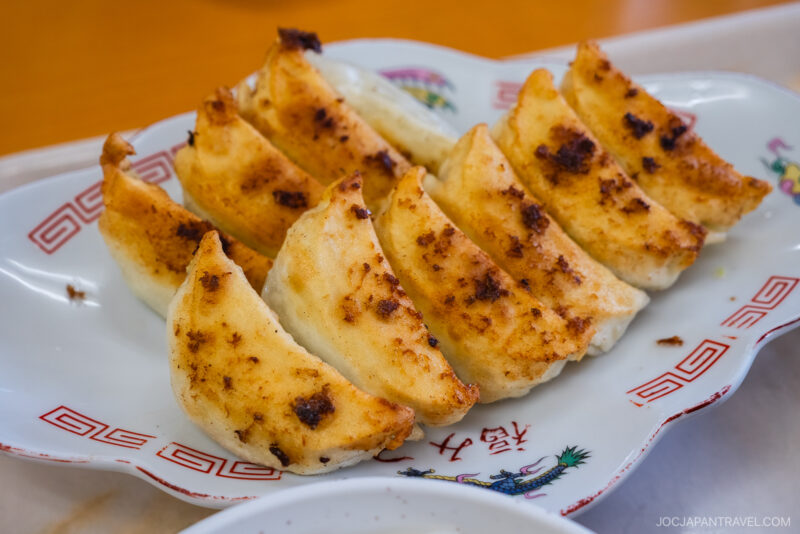
These dumplings are worth a try at least once for the regional experience alone. They’re lighter than the typical gyoza you’ll find elsewhere, with a sweetness from the cabbage that really shows off the local style. Even if you usually prefer a meatier bite, tasting Hamamatsu’s version gives you a deeper appreciation for Japan’s diverse food culture.
Despite the gyoza’s lack of juicy pork, we left Fukumitsu with full bellies and a new appreciation for the variety that can be found in one of Japan’s favorite comfort foods.
More to Explore Nearby
After enjoying the local specialty of Hamamatsu Gyoza at Fukumitsu, you are perfectly situated to explore the city’s unique food culture, historical sites, and major scenic waterfront attractions near Lake Hamana.
- Hamamatsu Castle – Explore this historically significant castle, a former home of Tokugawa Ieyasu and a symbol of the city’s past.
- Lake Hamana – Discover the vast saltwater lake nearby, offering beautiful scenery and opportunities for marine recreation and lakeside relaxation.
- Unagi Pie Factory – Take a tour of this unique factory that produces Hamamatsu’s famous “nighttime confection,” a crunchy eel-flavored snack.
- Hamamatsu Unagi – Dive deeper into the local culinary scene by learning more about the city’s other famous delicacy, freshwater eel (unagi).

